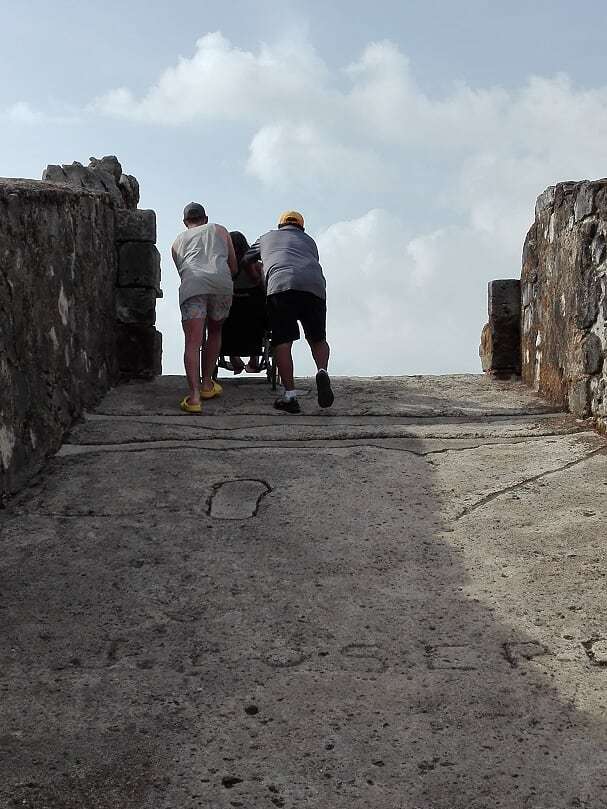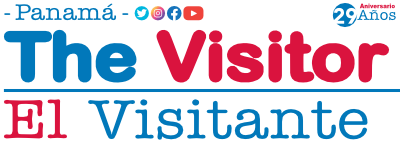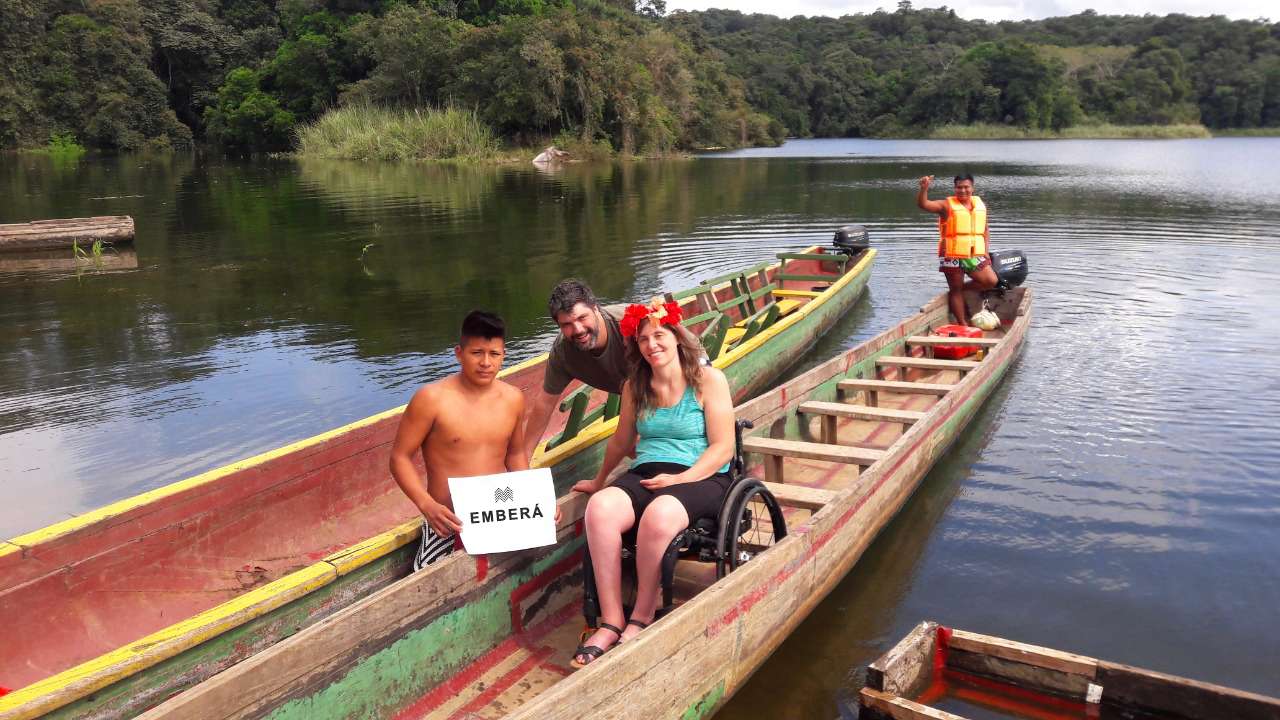When destinations prioritize accessibility and inclusion, it is possible to attract a broader range of Visitors, including people with disabilities and the elderly. Given the great opportunities that this tourism can generate in the country, The Visitor – El Visitante invited a professional who has stood out in accessible tourism in Panama and has extensive experience in travel agencies, as well as deep knowledge of inclusive tourism in Panama. Europe and much of Latin America.
Ana Maria de Lindsay has a degree in tourism, and her work has given her a global vision and deep understanding of the needs of travelers with disabilities and older people. Through his company “Accessible Panama”, she designs adapted tourist experiences and tells us about the opportunities that this tourism offers and the challenges to develop it in our country..
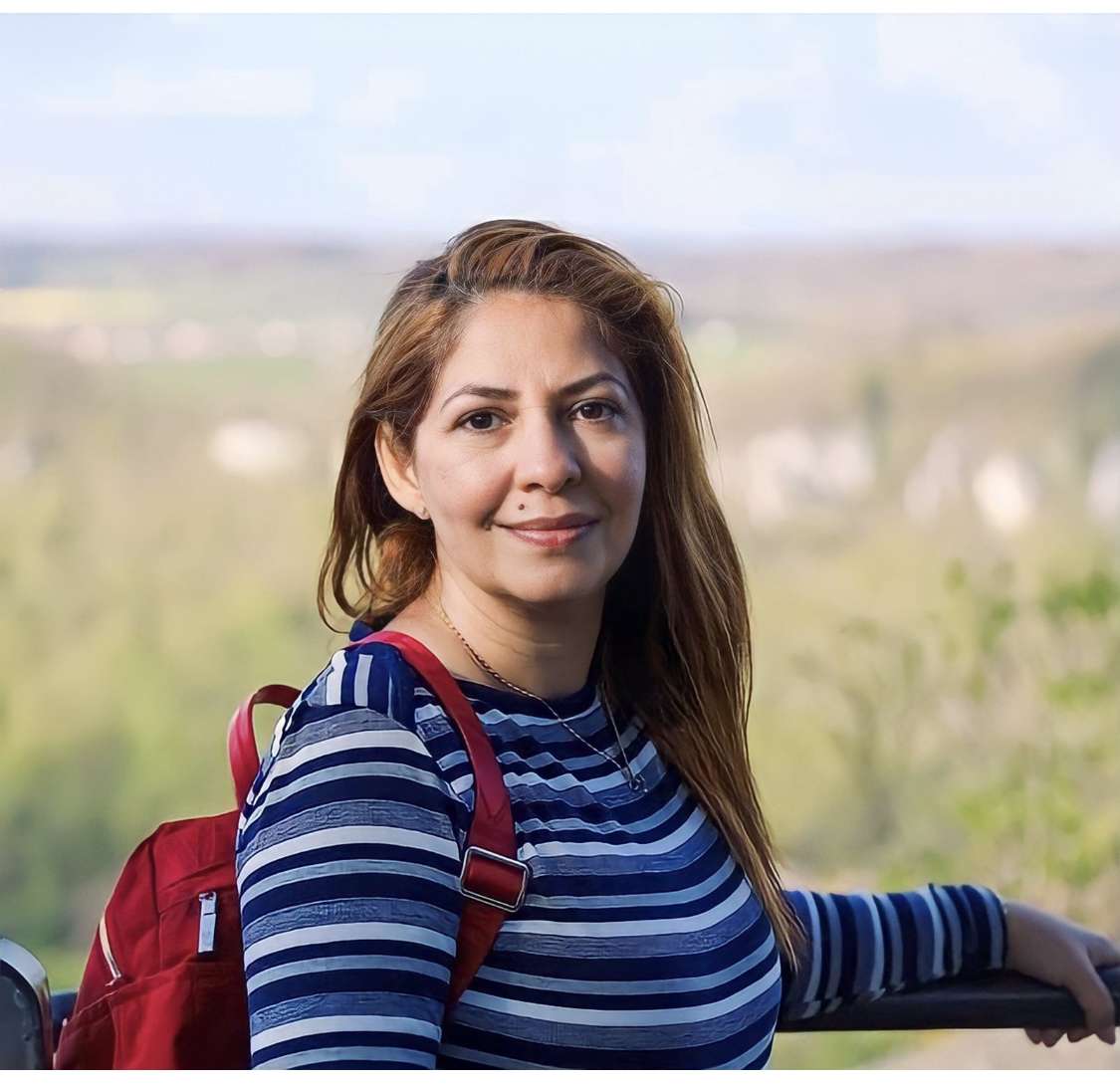
How would you define Accessible Tourism and what is its status in Panama currently?
“Accessible tourism ensures that all people, regardless of their condition, can participate and enjoy the same experiences with the maximum possible autonomy, thus equating their opportunities with those of the rest of the population.
This approach encompasses the entire tourism value chain, including access to communication and information in different alternative formats, seeking to implement reasonable adjustments whenever possible to offer a quality service and an enriching experience for all.
It is essential to remember that tourists with some disability have dreams, goals, work, study and are an active part of society. When traveling, they choose the same hotels, use mostly the same transportation, visit the same places of interest, and participate in the same experiences as any other tourist. However, they live these experiences from a different perspective. It is essential to highlight that these tourists have economic resources and are willing to pay for services that satisfy their accessibility needs. And in the same way, they make their travel decision based on the level of accessibility that the destination offers and not based on the economic cost.
Also, the accessible tourism market is remarkably loyal; They tend to repeat their trips, book more hotel nights and recommend the destination if their needs were adequately met. Accessible tourism even includes groups of older people, since they share some of the accessibility needs.
Regarding the development of accessible tourism in Panama, it is underway and is still a work in progress. We are in what we could call the first phase, which consists of raising awareness. Despite this, we are making significant progress, with hotels that have adapted rooms and the progressive adaptation of tourist attractions and in some museums and visitor centers in the country. We are not only talking about the physical accessibility of the environment, but it also includes sensory programs designed specifically for groups with visual and hearing disabilities; and, some recreations for people with intellectual disabilities, which promotes greater participation and inclusion.”
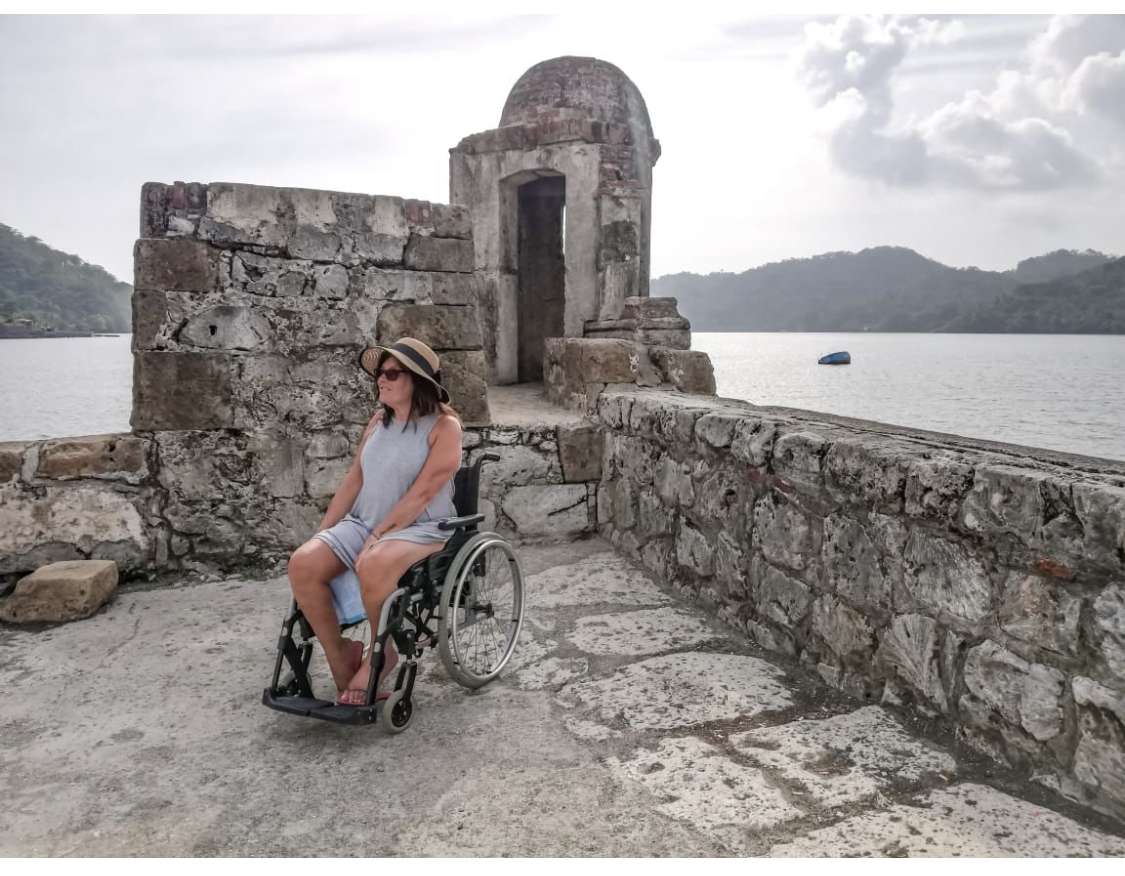
How much can this type tourism grow in Panama and which places in the world are examples of development in this segment?
“Despite the lack of specific data in the country, global trends, the natural, cultural and historical characteristics of Panama position the country as a destination with high potential growth in this market niche.
The World Health Organization (WHO), the Economic Commission for Latin America and the Caribbean (ECLAC) and the World Tourism Organization (WTO) point out an increase in life expectancy, the result of constantly evolving demographic data. This increase is attributed, in part, to advances in medical treatments, which allow greater survival after accidents, as well as more favorable retirement conditions in some countries. Added to this is the ease of access to travel options through the internet, which adapt to various budgets. These factors make accessible tourism a significant business opportunity.
To maximize this growth potential, it would be necessary to account for tourists with some access needs entering the country and know their specific needs and preferences, as well as invest in infrastructure, for example, accessible beaches and adapted nature trails; Services and programs must also be adapted. Something very important is the training of tourism union personnel on the appropriate treatment of tourists with disabilities. This will allow us to gradually make Panama an accessible tourist destination and we will be able to compete with other destinations, such as Costa Rica, which has a great advantage over us.
As an example, we can say that Costa Rica and Argentina in Latin America have been working on accessible tourism for several years. They are well organized, as they work together with communities, governance and private companies. Both countries have an academic offer and from the classrooms they have been transforming the mentality of the new generations in the tourist environment. Costa Rica even has 10 accessible beaches and Argentina has 12 accessible destinations. Both countries promote themselves as accessible tourism destinations.
In Europe, Spain also leads the way in accessible tourism, they even have a catalog of accessible wine tourism among other tourist products. In addition, they have taken into account publishing the information in different alternative formats, for example for an audience with intellectual disabilities with easy reading.
We can mention other countries, the United States of America, Canada, the rest of the countries that make up the European Union and Australia, which already recognize the economic and social value of accessible tourism, which is why they are committed to improving it more and more.
According to a study by Open Doors Organization. USA (2018 – 2019): In the United States, 27 million travelers with disabilities made a total of 81 million trips, generating US$58.7 billion on their own trips alone.
The European Union carried out a study carried out by the European Commission between 2012 and 2014 in the 27 member states to assess the economic impact and analyze travel trends in terms of accessible tourism in Europe. The study concluded that 783 million trips were made, generating more than 356 billion euros (not counting companions). This spill benefits even more, since it generates employability.
In the case of Australia, people with disabilities represent 17% of total tourism revenue in that country. Over the next 40 years, the proportion of Australians aged 65 and over will double to approximately 25% of the total population.
People with disabilities in Australia who toured spent $3.3 billion on tourism services in 2019.
Considering that in the economic impact, communities benefit, since they usually request additional services, such as caregivers, rental of wheelchairs or oxygen concentrators, sign language interpreters, among others.
In Panama, on March 17, the Second National Disability Survey will be carried out, until its completion, we will know with more certainty how many people with disabilities reside in the Republic of Panama.”
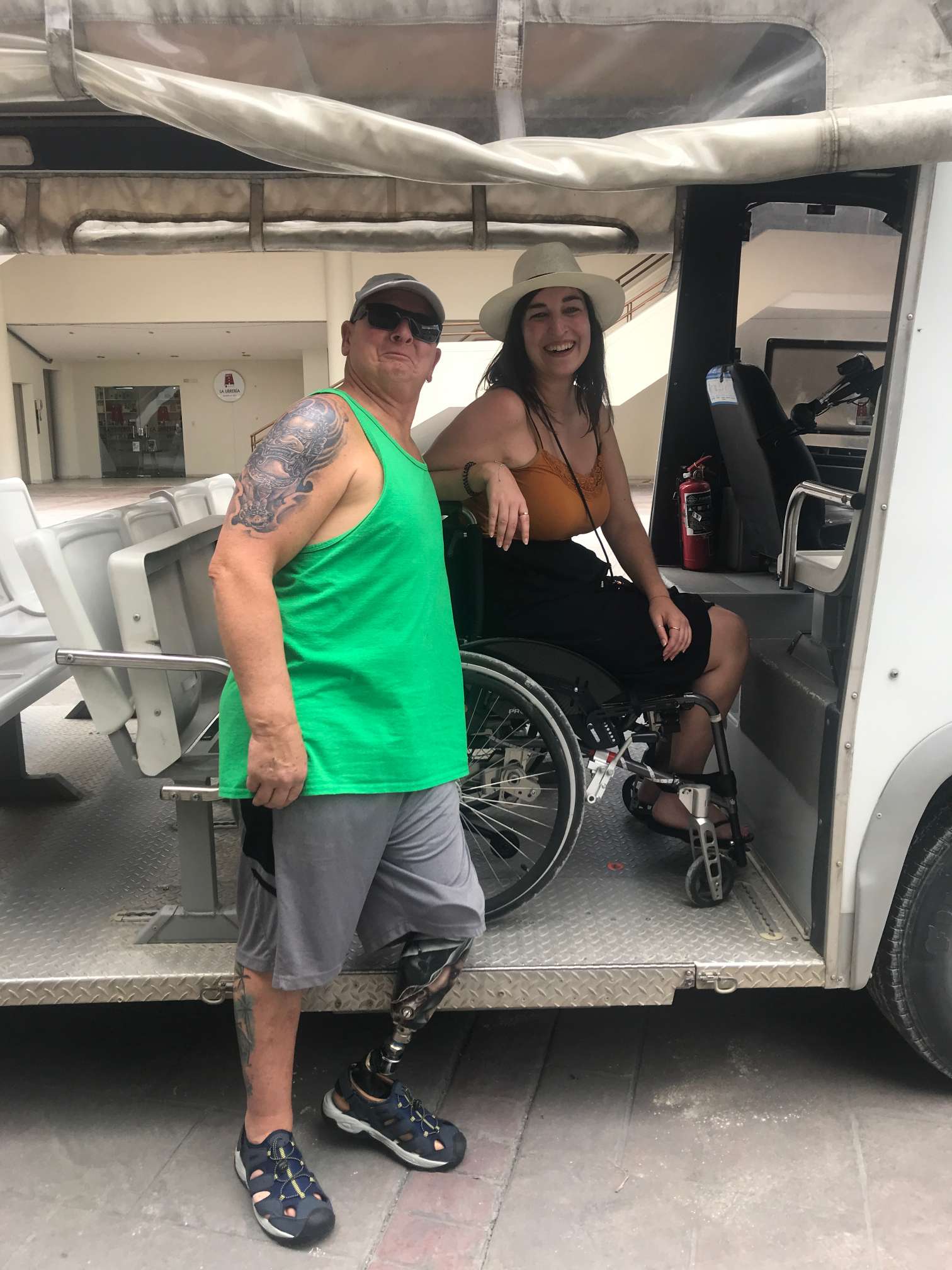
What tourist experiences can be carried out in Panama by people with limited mobility, and what are the opinions of those who have experienced it?
“Accessible Panama, as an accessible tourism consulting company, has carried out a series of accessibility inspections and tests in Panama and Portobelo. In addition, we are the accessible tourism division of a tour operator in the country. Recently, we have been expanding inspections to the Anton Valley and Boquete.
As we explained at the beginning, accessibility is a work in progress, so not all sites or attractions have accessibility. Some are called “practicable”, since the activity can be carried out or its use facilitated with some comfort. But most sites apply reasonable adjustments to provide the service. A “reasonable accommodation” in the context of accessibility refers to any modification or adaptation that is made to an environment, product or service to enable an individual with a disability to participate in the activities, products or services. These adjustments are inexpensive and easy to resolve.
The following experiences that we have carried out with people with reduced mobility and wheelchair users involve logistics of personnel and technical aids. These are:
Portobelo: Snorkeling, visiting the San Jeronimo Fort, and the Royal Customs Museum.
Boquete: Visit to the Baru Volcano in all Terrains vehicles and coffee farms.
Chagres River: Canoe navigation to enjoy the indigenous communities.
Other sites that do not require logistics to visit are:
Visit the archaeological site of Panama Viejo. It has parking for people with disabilities, adapted transportation with a ramp, elevator, adapted bathroom and walkway in the visitor center. As well as sidewalks within the site for better mobility.
Amador Causeway (Causeway) and the Biomuseum. The Biomuseum has an elevator, an adapted bathroom and a “practical” ramp, since it does not comply with accessibility regulations. The Amador Causeway has barrier-free sidewalks and benches.
Like the Amador Causeway, the Cinta Costera is ideal for people with reduced mobility. However, we recommend visiting them at dusk or early in the morning, since the benches are located in areas that heater by the sun all day.
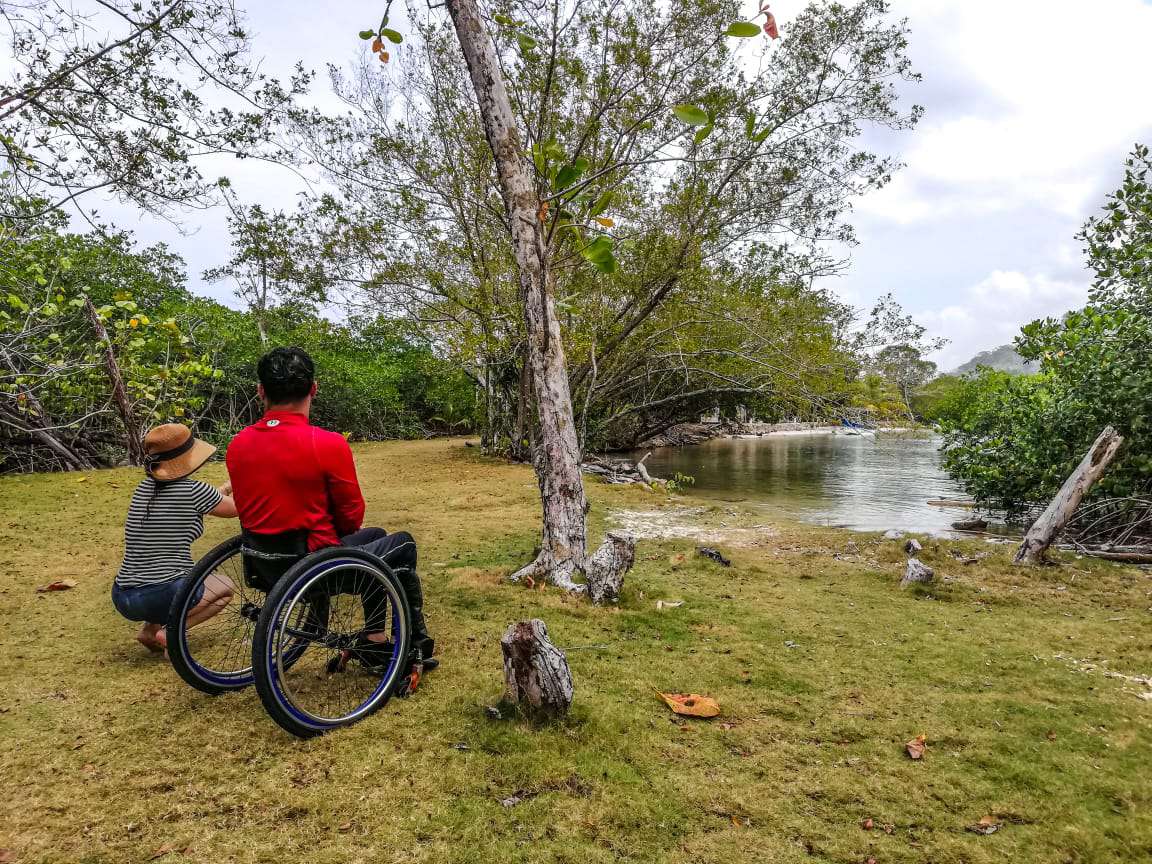
Casco Antiguo: La Mola Museum: It has an elevator and adapted bathroom. And if what you like are rooftops, we recommend going to Tantalos, since it has an elevator and an entrance with a ramp. The ramp is located at one end of the sidewalk, not in front of the entrance door.
Gamboa Rainforest: They have two gondolas with space for a wheelchair. However, to go up to the viewpoint, a support staff is suggested, what we call a “pusher”. The pusher is in charge of pushing and ensuring the safety of the person in a wheelchair. In this way, the family member (who is usually the person pushing the chair) can be fully integrated into the tour or activity.
Royal Customs Museum of Portobelo: Recently remodeled, it is for us a marvel of accessibility. Not only does it have ramps and a “practical” bathroom, it also has information in Braille, sound content in QR code and interactive exhibits.
Panama Canal Visitor Center in Miraflores and Agua Clara: Both centers are suitable for people with reduced mobility or wheelchair users to visit.
Metropolitan Natural Park: The Dorothy Wilson trail of approximately 600 meters has a concrete walkway. Although there is some type of difficulty on the route from the parking lot, to the ticket office at the entrance to the trail.
El Valle de Anton: Visit the Crafts Market and walk through its main streets, as they have ramps and we also find a hotel with rooms adapted for wheelchair users. The Casa de Lourdes restaurant has a ramp at the entrance, although we forgot to check the bathroom!
Our last client was a quadriplegic elderly person. And her comment was:
“Dear Ana Maria, as we told you, we had a wonderful trip, and so much of its success was due to all your planning effort, for which we are sincerely extremely grateful.”
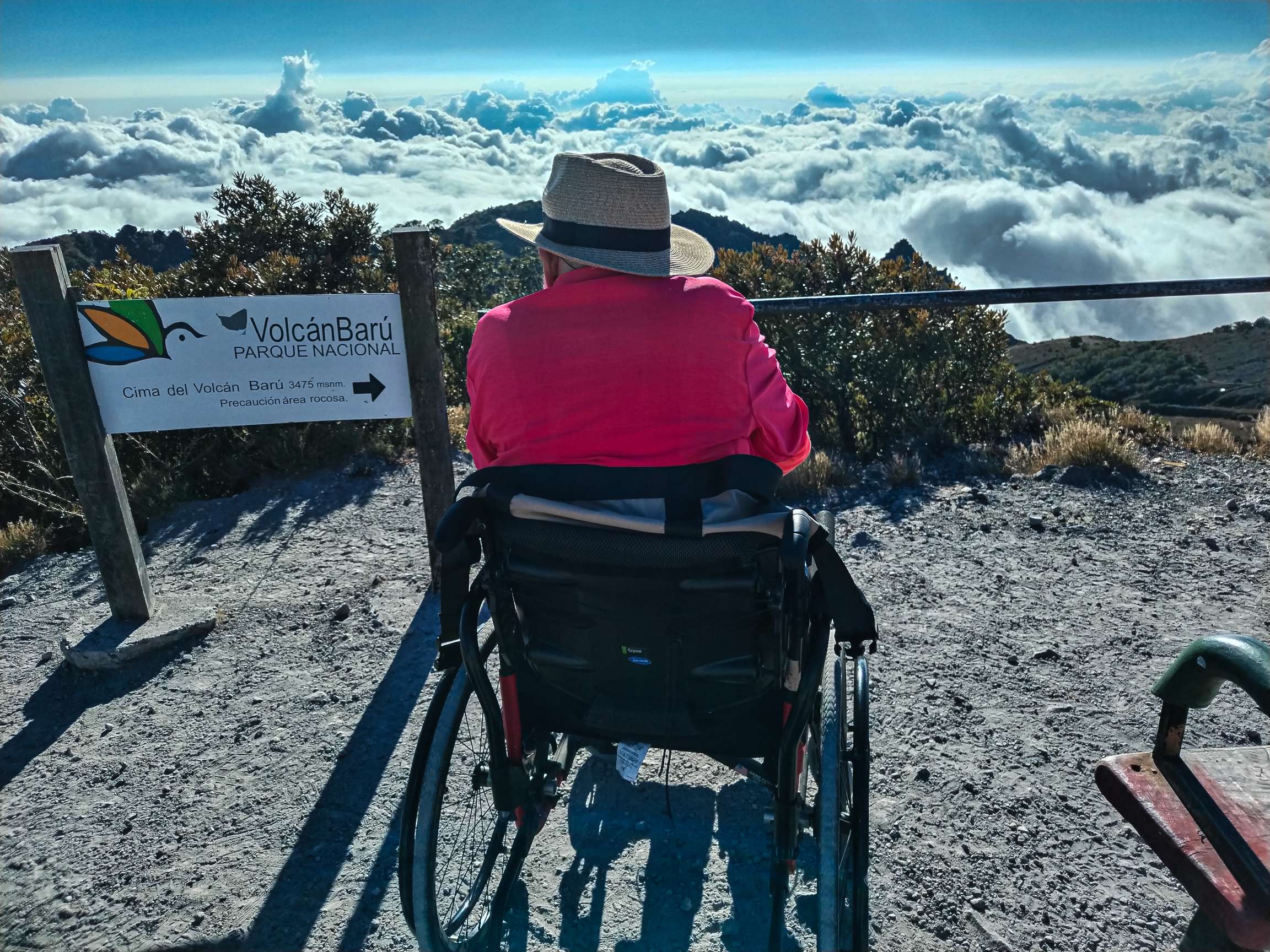
Which are the three destinations in Panama that you think require more handicap friendly infrastructure as soon as possible?
“It is very difficult to select only three, so we will add one more. From our point of view, the three destinations selected to intervene would be the following:
Taboga, because it is the closest beach to Panama City, located just about 30 minutes by boat. In addition, Taboga already has a wide range of hotels, restaurants, water activities and various tourist tours. This town represents an optimal point for the implementation of accessibility measures on the beach, which will require an investment in improvements in the area and the pier; in addition to comprehensive training in accessible tourism, both for entrepreneurs and businessmen in the tourism industry, including tourist guides. These actions will undoubtedly guarantee the success of the initiative.
Indigenous communities: It is difficult to select just one, since they are all of great value for tourism. But taking into account the number of cruise passengers who visit it, it is appropriate to adapt some of them.
Boquete: Being one of the most visited destinations by tourists, it requires attention to accessibility. Tours to the coffee farms and the top of the Baru Volcano with its impressive views, are sites that can easily be adapted and promoted as an accessible tourist destination.
The community of Mata Oscura in Veraguas. I have selected this community, since they have begun to become aware of accessible tourism as a means of sustainability. This community is organized and offers everything from gastronomic class experiences, kayaking in the mangroves, waterfalls, traditional dances, homestay accommodations and sea turtle conservation. Here, we are creating a program for people who are blind and have reduced mobility.
Finally, I would like to highlight that by making our environments accessible, we all benefit, from tourists to residents in the destinations. We all deserve to experience the beauty and adventure of traveling without limitations. We recognize that there is still a long way to go, and part of that road involves the need for more vehicles adapted for wheelchair users. However, by investing in accessible tourism, we are not only providing equitable travel opportunities, but also opening the doors to a diverse and vibrant community that is ready to explore and enjoy everything our country has to offer.”
ADDITIONAL INFORMATION: FACTS
According to international experts Neumann and Reuber, accessibility to services is essential for 10% of the population, necessary for 40% and comfortable for 100%.
There are 1.85 billion people with disabilities around the world. When combined with family members and caregivers, that adds up to 3.4 billion people, a market larger than the travel market of China and the EU combined.
People with disabilities worldwide: According to the World Health Organization (WHO) and the World Bank, it is estimated that approximately 15% of the world’s population, that is, around 1 billion people (2011), live with some type of disability. And this figure is expected to double by 2050. People with disabilities in Latin America and the Caribbean: Nearly 12% of the Latin American and Caribbean population would live with at least one disability. Social Panorama Study of Latin America 2012. ECLAC.
